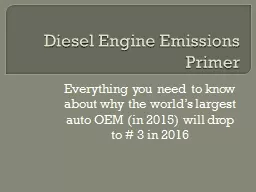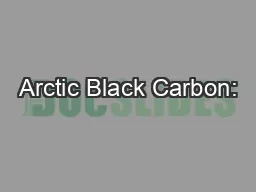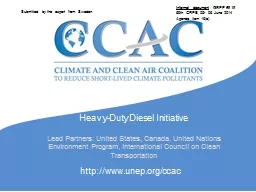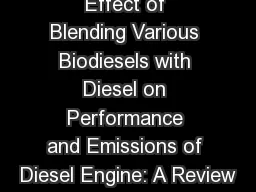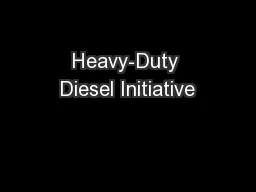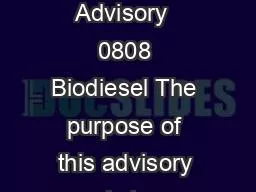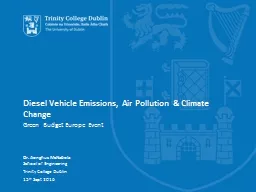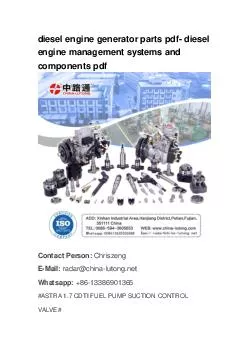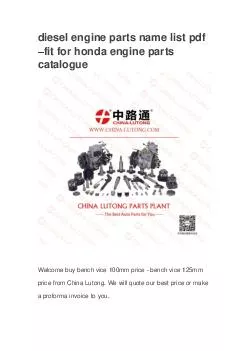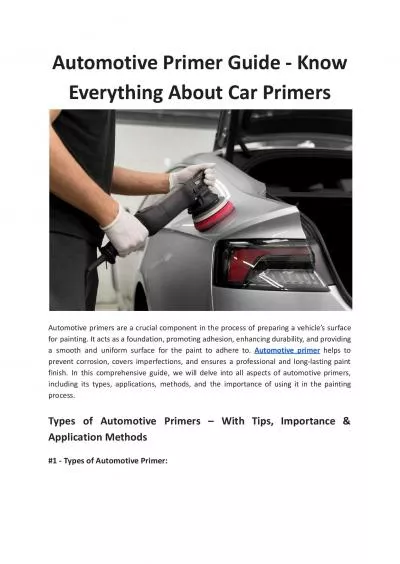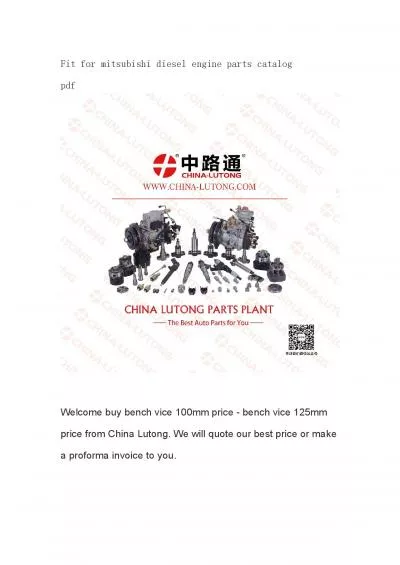PPT-Diesel Engine Emissions Primer
Author : test | Published Date : 2018-02-03
Everything you need to know about why the worlds largest auto OEM in 2015 will drop to 3 in 2016 ASEIEA PRESENTATION JULY 26 2016 Concord NC Sean Bennett Cengage
Presentation Embed Code
Download Presentation
Download Presentation The PPT/PDF document "Diesel Engine Emissions Primer" is the property of its rightful owner. Permission is granted to download and print the materials on this website for personal, non-commercial use only, and to display it on your personal computer provided you do not modify the materials and that you retain all copyright notices contained in the materials. By downloading content from our website, you accept the terms of this agreement.
Diesel Engine Emissions Primer: Transcript
Download Rules Of Document
"Diesel Engine Emissions Primer"The content belongs to its owner. You may download and print it for personal use, without modification, and keep all copyright notices. By downloading, you agree to these terms.
Related Documents

